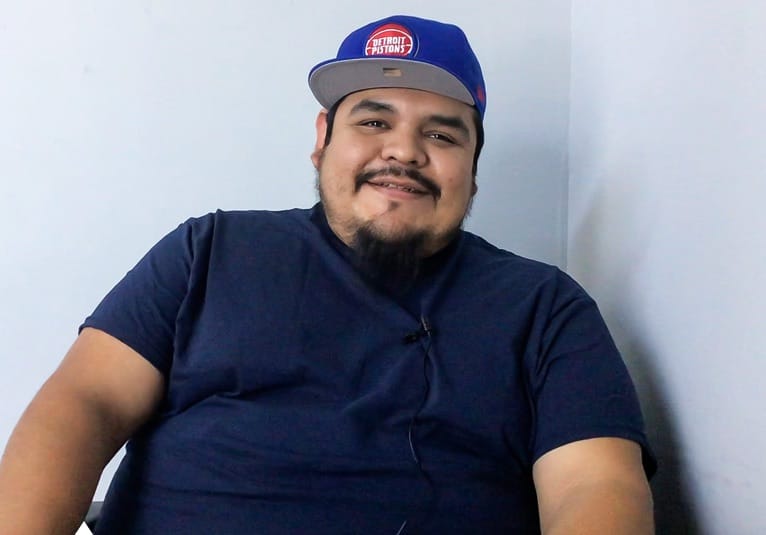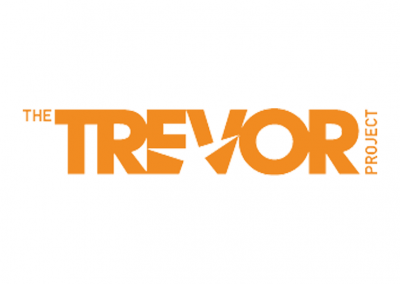Tawni B Help to Get Others to Regulate
When you come across when you engage with somebody that is also at that heightened state or getting ready to lose it, sometimes it’s a toddler. Sometimes it’s your significant other co worker, a teenager. When you come across somebody that’s like that is, what do you do? How do you get them to regulate? So there’s some tricks.
And the tricks are some of the tricks that you can use is really to look at brain engagement. So your first step is to really look at the person and if they’re in crisis or there in need, what do they need? And so oftentimes versus your own, you’re thinking, oh, they’re doing this again. But what do you they need. And so when you’re doing that, when you’re kind of assessing, what do they need from kind of a Maslow perspective?
Are they feeling unsafe? Are their basic needs not met? And that’s the first place I would always tell people to look at kind of do an assessment of that person. It does a couple of things. One, it gives you data and information about what they need and things that you might come up with.
But it also it helps you engage your brain again, because when you come across people that are heightened, your brain actually wants to match that and get heightened with them. And if you start, if you do that a lot. I know there are people that get into fights, often their brain, just whenever they hear that voice or that tone or that mannerism, they just match it. And those mere neurons are amazing. But they match it.
So how do you combat that? How do you battle that? And the first step is make the assessment. Where are they? What do they need that allows you to engage your brain.
The second step is is to look at what you’re seeing and hearing. And here’s the key is, get up underneath that. So if you’re hearing anger or worry and I’ll give you an example. So if a kid goes to a new school and he’s like, Mom, I hate this school, there’s nobody nice. I don’t have any friends.
The teachers are really mean once what’s underneath of that emotion. And it’s really hard to figure out what’s underneath that emotion if you haven’t put yourself in their perspective so that’s that key with assessing is put yourself in their perspective and come up underneath. So instead of kind of saying, oh, yeah. It is really hard instead of saying those things. And those can be helpful is to understand.
But really, when that child is saying, I hate the school, everybody’s mean, the teachers are me and nobody’s nice. They’re saying, I feel alone and that’s kind of scary. So that’s the key is to get up underneath when you’re looking for that regulation of other people. And if you can find what they need, you often will deescalate the situation. A few other things I would say is from a parent perspective, from a co worker perspective, is to really diminish your verbals and diminishing your verbal is when they’re in that heightened state, their brain isn’t processing all of those words.
And so if you are by telling people what they should do this and they should do that and they should think about this that is processing a lot. So chunk, some of your verbal is really helpful. Another technique that I use is the same technique that I use for myself is, how do I engage here that technical term that prefrontal cortex. What I’m really saying, how do you engage the thinking brain? And there’s some techniques and strategies that you can use real similar to saying, what is your favorite food or what did you have for dinner last night?
Or when was the last time you did this activity? When you did this activity, what was your favorite part about it and what that’s doing? Is it’s engaging that prefrontal cortex and it’s bringing the blood just a whole science piece of it and bringing it up into your brain. And if you can get somebody to engage in those things, you’re getting them more rational and thinking. And then you can come back to the situation that had them actually escalated.
But what we often want to do, especially as adults, as we often want to control the situation and say, Stop doing that. Sit over here. This is what you need to do. And actually just the opposite is what we should do. So good.
That’s awesome. I’m like I’m going to play your whole video for my husband because he and my 13 year old, you have one more technique for you. Do it. Okay. Another technique that you could utilize is and it’s really interesting in our society.
We’re kind of and we’ve trained our brain sometimes to do this is to be an or else society. So do this or else. And sometimes we’ll bring a shake of a finger. And some of us, we can put our hand on our hips. And so what I would what I would get people to think about is really think that your brain is trying to engage and it engages in the last thing that it hears or even an escalated thing.
So instead of being an oral society, do this or else think about saying the last thing your desired outcome last. So what you want them to do last. So if I’ll go real kind of juvenile here for you, if you say, eat your dinner or out, eat your dinner or go to your room that’s that oral society kid could say, Fine, I’m going to my room. But what you really want to say is what you want the kid to do. So you want to say we’re looking at going to your room or eat your dinner, please.
And so you’re saying that desired outcome last. And the reason why that’s helpful is it changes the defense. So it’s not that or out because that’s kind of challenging. And it also leaves that last footprint on their thinking brain because they’re saying that you really want me to do this. And so think about those times when you’ve given directives or things are escalated.
And sometimes that can be helpful with teenagers, because it can be challenging. And so to say the things that you really want to have happen versus your consequence. So I like to say consequence first, if you have to use it and then the desired outcome of really what you’re looking for.











